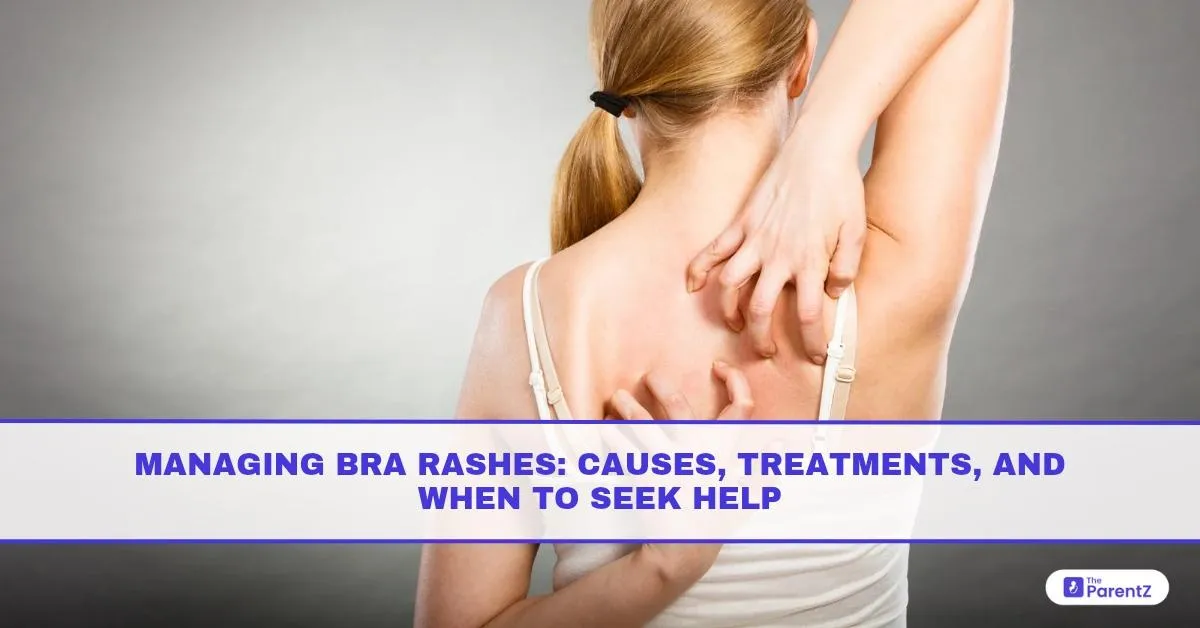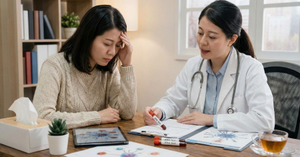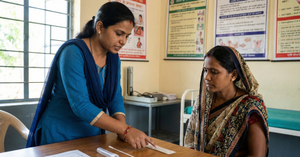Silent Struggles: Understanding Bra Rashes and How to Heal Them
Sanya loved her daily runs. But last summer, she noticed something new: a reddish, sore patch appeared right under her bra line after every workout. She thought it was just heat, but the rash kept coming back and sometimes burning, sometimes itching and spread across both sides of her chest.
By the end of the month, the skin was peeling and painful, and she avoided wearing her favorite sports bra altogether. Like many women, Sanya learned the hard way that bra rashes can creep up quietly, turning daily comfort into a frustrating cycle of irritation.
The Real Reasons Behind Bra Rashes
Bra rashes are more than a minor inconvenience. Dermatologists often see women with persistent rashes caused by everyday habits and common mistakes. The most frequent culprits include:
- Wearing bras that are too tight or too loose, leading to friction with every movement
- Using fabrics that don’t allow sweat to evaporate, especially synthetics like polyester or nylon
- Trapped moisture under the breast, which softens the skin and creates an ideal spot for bacteria or fungi
- Detergent residues left on bras after washing, which can cause allergic reactions
- Seams, hooks, or underwires digging into sensitive skin, creating micro-tears that worsen with time
- Excessive heat and humidity, which aggravate sweating and stickiness
What Exactly Happens on Your Skin
When skin under the breasts stays damp, it becomes fragile. Friction from a bra rubs this weakened skin, leading to redness, soreness, and sometimes tiny breaks. This process is called intertrigo, and it can get complicated when bacteria or fungi join in.
If an infection sets in, symptoms often include intense itching, burning, white patches, or yellow crusts. These signs mean the rash has gone beyond simple irritation and needs more than home care.
Treatments You Can Start at Home
If you notice a rash under your bra, start by giving your skin some breathing space. Changing into loose, cotton clothing helps keep the area dry and cool. Wash the rash gently with lukewarm water and pat dry, don’t rub.
Applying a light, fragrance-free moisturizer can soothe minor irritation. If redness and itching persist, a thin layer of over-the-counter hydrocortisone cream may reduce inflammation for a few days. But if there’s any sign of infection, like oozing or a foul smell, avoid steroids and consult a doctor first.
Using a powder with antifungal properties, like clotrimazole powder, can help if your doctor suspects a yeast component, especially during humid weather. Avoid using talcum powder or strongly scented body powders, as they can worsen irritation.
Small Daily Habits Make a Big Difference
Allowing the skin under your breasts to air out for a few hours a day reduces moisture buildup. Choosing bras made of breathable fabrics, like pure cotton or bamboo blends, helps absorb sweat and reduce friction. It’s important to wash bras after each wear, especially if you’ve exercised or sweated heavily. Let them dry completely before wearing them again to prevent fungal growth. Rotate between at least three well-fitting bras so that you’re not putting repeated pressure on the same spots every day. And if a bra starts to feel rough or develops worn-out elastic, it’s time to replace it.
When to See a Doctor
A rash that doesn’t improve after a week of home care, or one that becomes increasingly painful, deserves medical attention. Seek professional help if you see:
- Spreading redness, especially if it moves beyond your bra area
- Swelling or warmth around the rash
- Yellow or green discharge
- Pain severe enough to disturb sleep
- Fever, chills, or generally feeling unwell
Recurrent rashes that come back every few weeks, which could signal an underlying issue like eczema, psoriasis, or diabetes-related skin problems
Why Prevention Matters
Preventing bra rashes saves not only your skin but also your comfort and confidence. Choosing the right bra fabric, ensuring a proper fit, and changing bras daily are the simplest ways to stay rash-free. Keeping the under-breast area dry, especially after showers or workouts, also stops the cycle of irritation.
Some women find that adding a thin layer of soft cotton cloth under the bra band, or using specialized moisture-wicking bra liners, provides extra protection during long days in the heat.
Final Thoughts: Listen to Your Skin
Sanya eventually found relief by switching to cotton sports bras, changing immediately after exercise, and applying a medicated antifungal cream recommended by her dermatologist. Within a week, her rash cleared up, and she learned an important lesson: bras aren’t just fashion statements, they’re part of skin health.
Bra rashes might seem like a small issue, but they can disrupt daily life if ignored. Paying attention to your skin, responding early to signs of irritation, and choosing the right bra can help you stay comfortable and confident. When in doubt, don’t hesitate to reach out to a healthcare provider who can guide you through treatment and help you find the right solutions.








Be the first one to comment on this story.